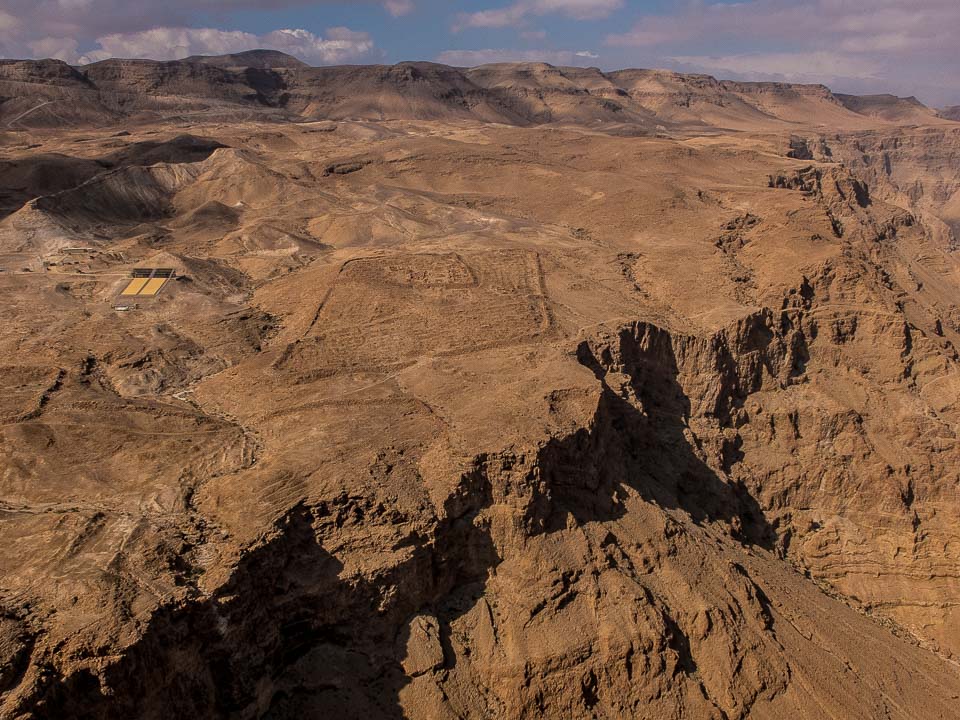
Many have heard the story of the siege of Masada, when Jews who escaped the Roman destruction of Jerusalem in 70 AD retreated three years later to the stronghold on top of a remote desert mountain. The 400 meter high plateau was well supplied, as its use as a retreat had been anticipated. Nevertheless, the Romans were relentless.
The Roman legion, 8000 men, surrounded the mountain, built a rolling protective tower, and behind that tower began construction of a dirt and stone ramp across the valley and up to the gates of Masada. For months the defenders of Masada had to watch the persistent approach of the ramp, and the Romans.
And, as the Romans reached and breached the gate, the 960 Jews in the citadel all committed suicide to avoid the crucifixions or slavery.
The story of the Masada Jews is seen now as an inspiration for the current state of Israel. As one Israeli told me, “We know what happens if we surrender to an aggressor. Never again.”
The citadel was originally built by King Herod in the first century BCE as a retreat, an opulent palace, and as a possible refuge. A huge storage area dominates one end of the fortress, and it's stores were used by the Jews when they holed up against the Romans. The site itself has a few remnants of Herod's palace, including some walls which still show the original frescoes. The large storage areas are mostly preserved, as are the cisterns which captured and held drinking water.
There are buses which go to Masada, as well as any number of private tours you can take as a day trip from Jerusalem or Tel Aviv.
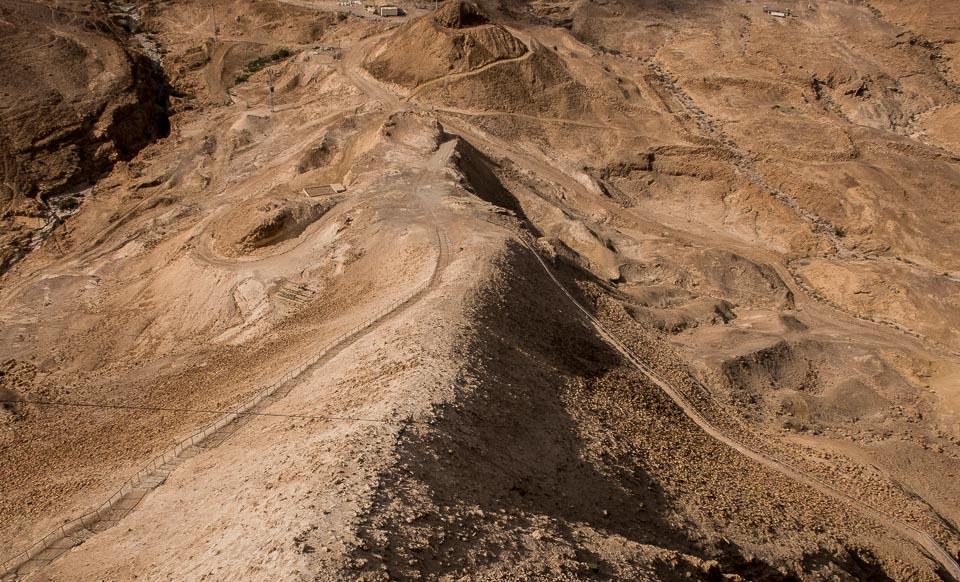
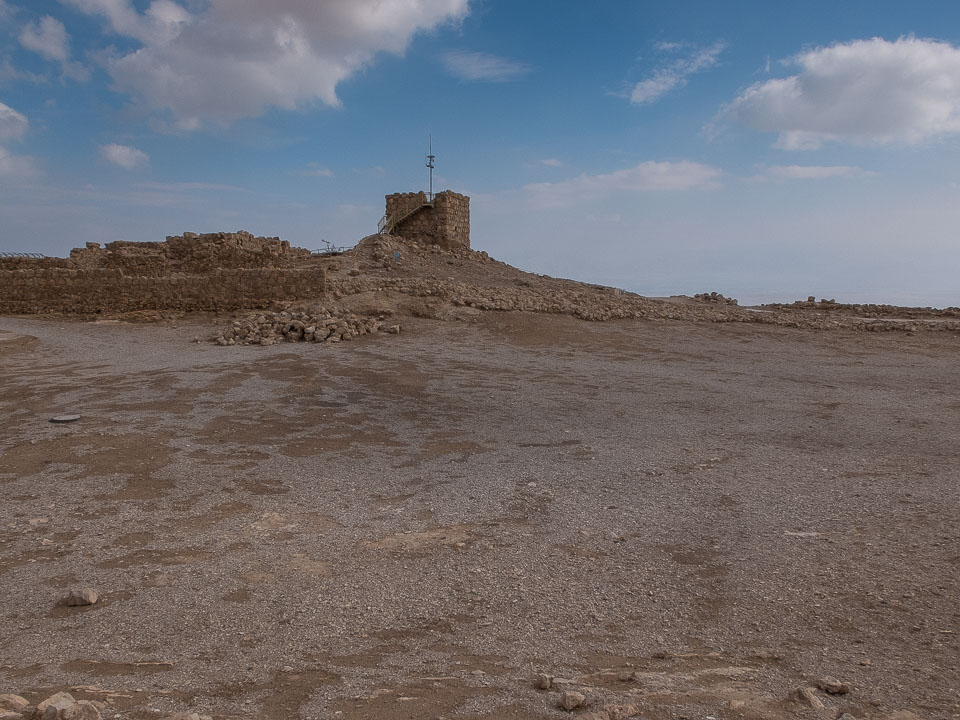
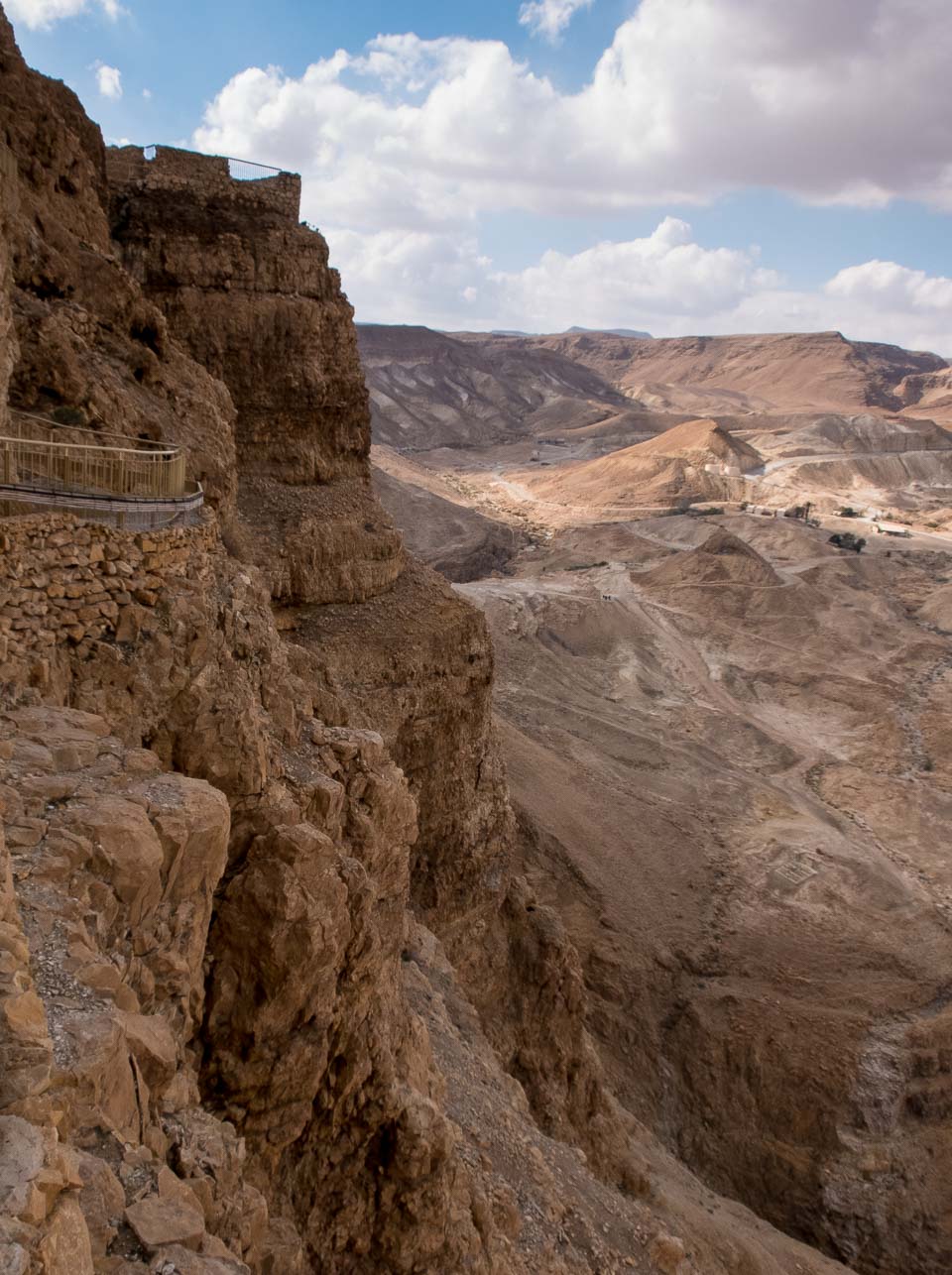
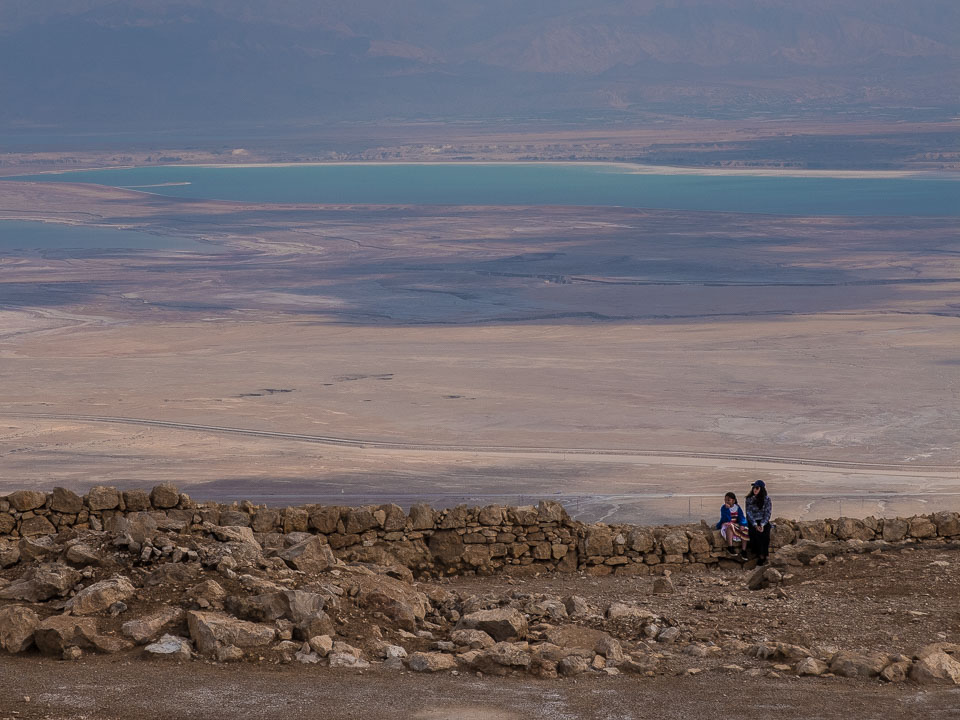
Up Your Travel Skills
Looking to book your next trip? Use these resources that are tried and tested by us. First, to get our best travel tips, sign up for our email newsletter. Then, be sure to start your reading with our Resources Page where we highlight all the great travel companies and products that we trust. Travel Accessories: Check out our list of all the accessories we carry to make getting there and being there a lot easier. Credit Cards: See our detailed post on how to choose the right travel rewards credit card for you. Flights: Start finding the very best flight deals by subscribing to Thrifty Traveler. Book your Hotel: Find the best prices on hotels with Booking.com. See all of the gear and books we like in one place on our Amazon shop.Got a comment on this post? Join the conversation on Facebook, Instagram, or Threads and share your thoughts!

